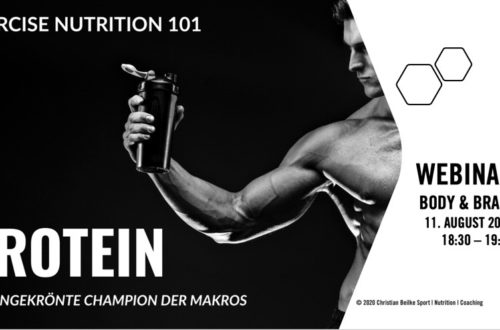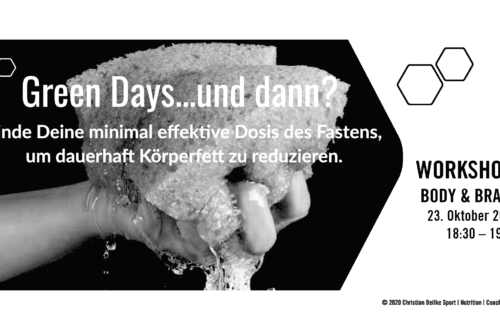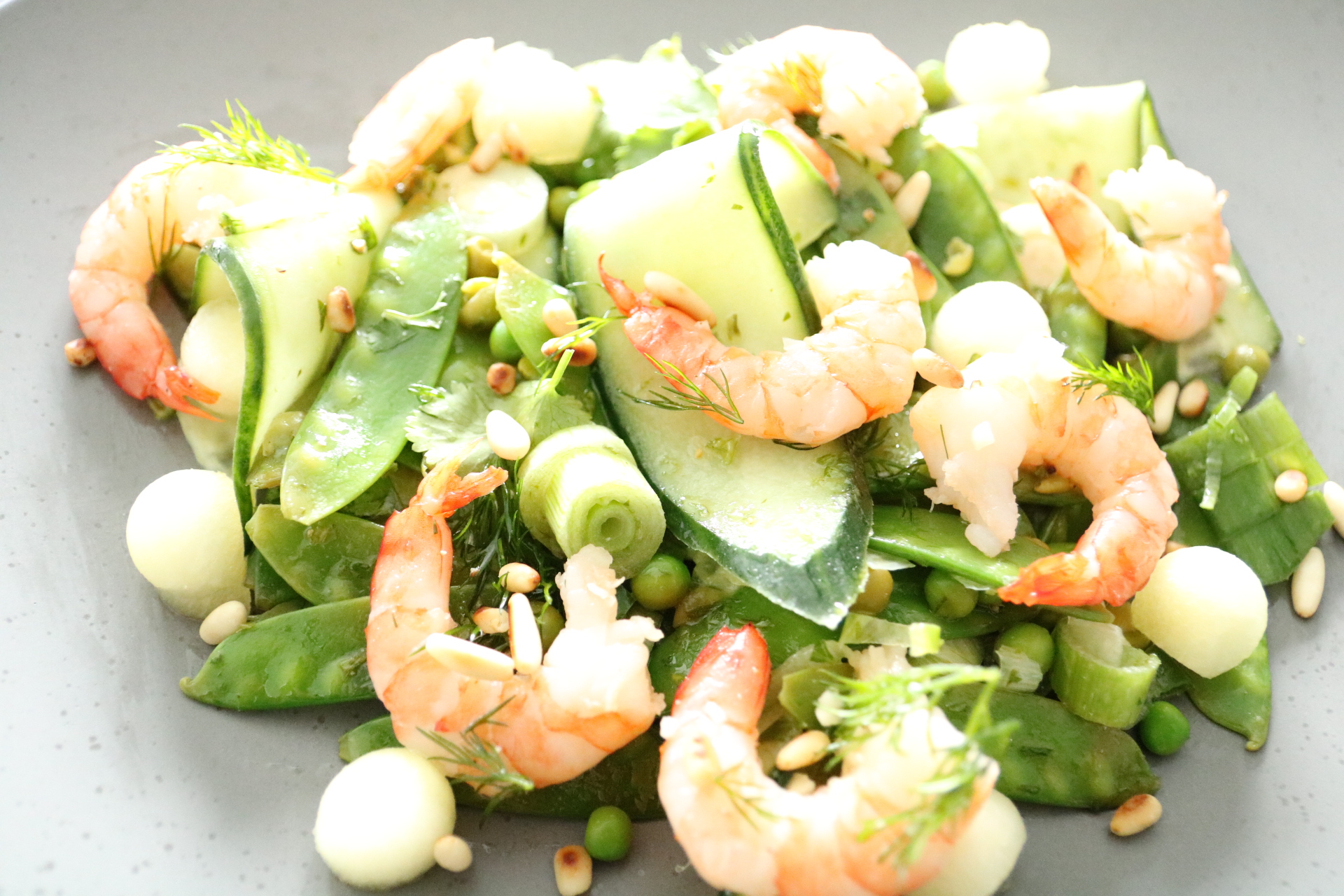
3 STRATEGIES TO HELP YOU STOP OVEREATING FOR GOOD
Have you or a loved one ever said anything like this?
- “I can’t handle being hungry. If I go more than 3 hours without food, my inner Hulk comes out. I warned you!”
- “If I just had more willpower and motivation, I’d stop eating so much junk food. Help me, Tony Robbins!”
- “I hardly eat anything, and I still can’t lose weight! This calories-in-calories-out thing is total B.S. I think my metabolism is broken.”
If you or someone you care for says any of these things, you’re in good company. Most people have some pretty strong beliefs when it comes to their relationship with food.
But are these beliefs actually true? And are they helpful in your efforts to stop overeating and live a healthier life?
Let’s find out!
In this series of blogs we will explore 3 diet experiments that may forever change your relationship with food and helps you stop overeating for good.
Experiments like these can uproot limiting beliefs that tend to derail progress. They can change your eating habits and transform your body forever…even if they sound way too easy to work.
Try these for yourself, or share them with someone you deeply care for. What you learn may save you years of frustration.
Limiting Belief #1: “If I had more willpower, I could stop eating so much junk food.”
When some years back my weight (yes, I’m honestly talking about myself here) climbed to nearly 145 kg, I thought I knew how to turn things around: Just stop eating pizza, chips, ice cream, and other highly processed foods.
“I’ll will myself through this,” I told myself.
Then, coming home late from work like usual, I’d see the ice cream in the freezer and think, ‘Just one spoonful’. Soon I was staring at an empty container and wondering, ‘Why am I so weak?’
But my willpower wasn’t the real problem – my kitchen was. It was stocked with tempting junk foods, and it needed a serious overhaul.
Here’s the thing: back then, I didn’t believe a kitchen makeover would actually work. It sounded way too easy.
Well, in the end, I tried it anyway, though…and went on to lose over 40 kg.
“If I hadn’t done that simple experiment, I probably wouldn’t have been successful. It’s been all about self-discovery and awareness.”
As a Precision Nutrition Coach, I often use experiments like this to help my clients discover important clues about what they really need (and don’t need) to reach their goals. Such experiments serve as powerful tools for uprooting the limiting and often false beliefs that tend to derail lasting habit change.
Many of us assume, much like I did back then, that willpower is something we’re either born with…or we’re not.
So when we find ourselves reaching for the second (or third…or fourth…or fifth) chocolate chip cookie, we beat ourselves for being “weak”.
But portion control and healthful food choices are less about motivation and willpower and more about your environment . Give this experiment a try, and you’ll see what I mean.
The experiment: Do a kitchen makeover.
Use this two-step process to clean out your fridge, freezer, pantry, and all the other places you stash food. In the process, you’ll make some foods a lot harder to eat and other foods a lot easier to eat.
Step 1: Make a list.
Determine your red, yellow, and green light foods (like a traffic light).
But keep in mind, I don’t believe in universally good or bad foods, and neither should you. Everyone’s red, yellow, and green lists will be different.
Here’s how to identify yours:
Red light foods = “no go” foods. These are foods that present such a difficult challenge for you that they just aren’t worth the struggle. Red light foods may not work for you because:
- They don’t help you achieve your goals
- You always overeat them
- Your’re allergic to them
- You can’t easily digest them
- You just don’t like them
Ultra-processed foods often fall into this category.
Yellow light foods = “slow down” foods. Maybe you can eat a little bit of these and stop, or you can eat them samely at restaurants with others, but not at home alone.
Green light foods = anytime foods. They’re nutritious and make your body and mind feel good. You can eat them normally, slowly, and in reasonable amounts. Whole foods usually make up most of this list.
Step 2: Get Cleaning.
You’ll probably need a large garbage bag (maybe a few!) and a compost bin, if you have one.
First, get rid of the red light foods. If you struggle with the idea of wasting food, consider donating unopened, non-perishable, unexpired items to a charity. Compost what you can’t donate.
And remind yourself: Overeating is no less wasteful than trashing the food, given your body doesn’t actually need the calories. Plus, you might find, as I did, that your kitchen purge actually saves you money over time because you’ll stop buying certain foods.
Next, deal with the yellow light foods. You have a few options here. You can remove them, keep them in smaller quantities to prevent overeating, or put them somewhere hard to see and reach (on a high shelf in an opaque container, for example).
Lastly, stock up on your green light foods. Put these foods front and center and take steps to make them easy to grab and eat.
For example, maybe you make your own trail mix, storing it at the front of the pantry where you’re more likely to see it. Or, perhaps you peel a couple of oranges and keep them toward the front of the fridge, for easy snacking during your laziest moments. Or maybe you keep a half dozen hard-boiled eggs on the ready.
One note: Don’t overdo it when purchasing new green foods, especially fresh produce, as they’re likely more perishable (unlike most of the red and yellow foods you’re replacing). Remember, it’s okay to start small and build from there.
Step 3: Take notes.
The next time you get a craving for a red or yellow food, notice what happens. Do you reach for something on your green light list, since that’s what’s right in front of you? Or do you drive to the store to get food you crave? Or…do you decide not to eat at all because it requires way too much effort?
The lesson: Your environment makes it harder to practice healthy eating habits.
Understanding that your environment guides your decisions can facilitate better actions:
If a food is in your house or possession, either you, someone you love, or someone you marginally tolerate, will eventually eat it (Berardi’s First Law, named after Dr. John Berardi, co-founder of Precision Nutrition).
There’s also a corollary to this law:
If a healthy food is in your house or possession, either you, someone you love, or someone you marginally tolerate, will eventually eat it.
This is why relying on willpower or motivation is a fundamentally flawed plan. No matter how much or how little willpower you actually have, you’ll eventually default to the easiest food options, especially when you’re tired. Or stressed. Or ravenous.
By removing red light foods, you make the choice to eat green foods so much easier–almost no willpower required.
In the coming days, I’ll share with you some examples of red, yellow, and green light foods and then continue to talk about two other limiting beliefs.
If you enjoyed this article, or you have further questions about certain aspects, please leave me a comment.
Stay healthy!
Christian






